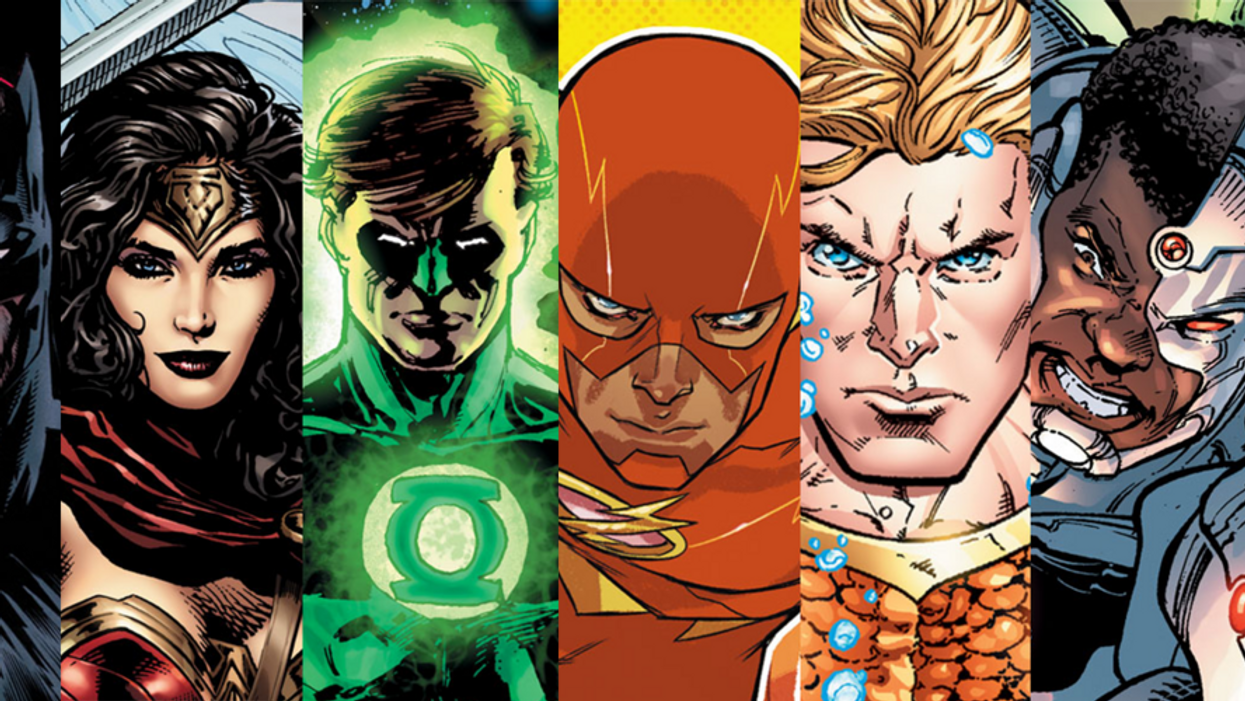Get Ready DC Fans! This Massive 24-Hour Online Event Is Set to Kick Off This Summer
There is no Comic-Con this year, but DC is taking matters into its own hands...

I have been to Comic-Con in San Diego for about 5 years running and it was the highlight of my summers. This year, the times have changed and there is no live event, so it sucks to not be able to congregate with my fellow fans to talk about upcoming cinema and comic storylines.
But thankfully, one studio still wants to bring the fans a look at what's happening in their world.
And it's bringing the Con into their homes.
Warner Bros. announced plans for the new DC FanDome, a 24-hour global fan event that will feature virtual presentations across film, television, video games, comic books, and much more. The event will be held on Saturday, August 22th, beginning at 1 pm EST/10 am PST. It will be accessible at the website DCFanDome.com.
Best of all, this is not an event just for the USA... it's worldwide, with translations and specials available in several languages, including Brazilian Portuguese, Chinese, English, French, German, Italian, Japanese, Korean, and Spanish.
According to Cinema Blend, the virtual dome will house exclusive content from the casts and creators behind popular DC shows and movies like Aquaman, The Batman, Batwoman, Black Adam, Black Lightning, Doom Patrol, The Flash, Harley Quinn, the Snyder Cut of Justice League, Lucifer, James Gunn’s The Suicide Squad, Titans, Watchmen and Patty Jenkins’ upcoming theatrical release, Wonder Woman 1984.
This sounds like an amazing way to connect with people as they socially distance themselves at home. We can connect and share the content online and make people not attending aware as well. This seems like the perfect marketing opportunity for DC as well. It will be interesting to see if there are any huge giveaways or other exclusives they can share online.
What are you most excited about from this event? Got any crazy predictions? (We have been awaiting the trailer for Zach Snyder's Justice League...could this be the place where it drops?) Let us know in the comments!
Source: DC FanDome












